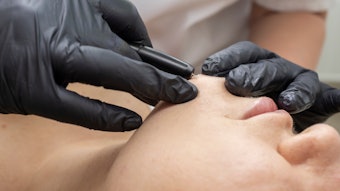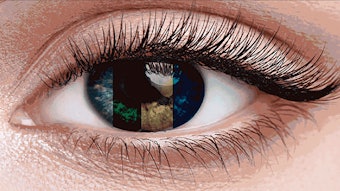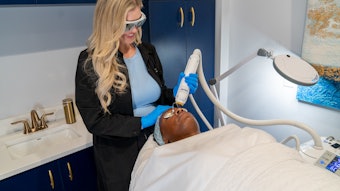
Individuals with SOC (skin of color) face specific challenges when it comes to the treatment of both aesthetic and medical skin conditions. Topical or systemic therapies have shown limited success in addressing these disorders, while light-based therapies often pose significant risks such as pain during the procedure, skin burns, and hypo- or hyper-pigmentation. Skin complications are even more pronounced in individuals of mixed ethnicities such as blond, blue-eyed Native Americans or Latinas, making it highly challenging to find effective treatment solutions.2
Some of the types of hyperpigmentation that can be treated include:
Melasma: Melasma is characterized by dark, symmetrical patches on the face.
Post-Inflammatory Hyperpigmentation (PIH): PIH is caused by inflammation or injury to the skin, such as acne, inflammation, or a burn. It results in dark patches or spots on the skin.
Solar Lentigines: Also known as age spots or liver spots, solar lentigines are caused by sun exposure and are typically found on areas of the skin that are frequently exposed to the sun.
Patients with skin of color, including those with darker skin tones, are more likely to have hyperpigmentation due to several factors:
Increased melanin production: People with darker skin tones have more melanin in their skin, which makes them more susceptible to hyperpigmentation.
Sun damage: Exposure to ultraviolet (UV) radiation from the sun can cause hyperpigmentation. Darker skin tones are more prone to UV damage.
Inflammation: Caused by acne or eczema, can lead to hyperpigmentation.
Hormonal changes: Hyperpigmentation can occur as a result of hormonal changes, such as those caused by pregnancy or certain medications.
Genetics: Hyperpigmentation can also be inherited. A family history of hyperpigmentation can increase the likelihood of developing the condition.
There are many standard treatment options for patients with skin of color, but now there’s a laser device that lets you safely treat patients of all skin types for a range of pigmentary disorders. The revolutionary Neo Elite 650-microsecond io64nm laser has been used successfully to treat melasma, acne, postinflammatory hyperpigmentation, pseudofolliculitis barbae, hair removal, acne keloidalis nuchae, and aging skin in skin of color.1
Why choose the Neo Elite for all of your patients?
The uniqueness of this laser lies in two key features. Firstly, its pulse duration of 650 microseconds allows for pain-free treatment of skin of color without the need for skin cooling or anesthesia. Secondly, it delivers energy in a collimated beam, enabling the operator to adjust the distance between the handpiece and the skin without affecting the fluence. This capability enhances both the effectiveness and safety of the treatment, offering optimized outcomes for patients.2
TRADITIONAL TREATMENTS:
- Increased risk of pigmentary changes induced by inflammation
- Commonly limited to Fitzpatrick skin types I-IV
- Depth of penetration limited due to heat transfer into the epidermis
AEROLASE NEO ELITE:
- High energy with deep dermal penetration
- Uniquely gentle treatment avoids adverse effects
- Increased safety profile for Fitzpatrick skin types IV-VI and tanned skin
- Absorption in all skin chromophores for comprehensive therapy
- No skin cooling or anesthetics needed
- No skin contact by the handpiece
914.345.8300 | [email protected] | aerolase.com @aerolase
References:
1. Burgess C, Chilukuri S, Campbell-Chambers DA, Henry M, Saedi N, Roberts WE. Practical Applications for Medical and Aesthetic Treatment of Skin of Color With a New650-Microsecond Laser. | Drugs Dermatol. 2019 Apr 1;18(4):s138 143. PMID: 31026130.
2. Roberts WE, Henry M, Burgess C, Saedi N, Chilukuri S, Campbell Chambers DA. Laser Treatment of Skin of Color for Medical and Aesthetic Uses With a New 650-Microsecond Nd:YAG I064nm Laser. J Drugs Dermatol. 2019 Apr 1;18(4):s135-137. PMID: 31017752.
Disclaimer:
The above paid-for content was produced by and posted on behalf of the Sponsor. Content provided is generated solely by the Sponsor or its affiliates, and it is the Sponsor’s responsibility for the accuracy, completeness and validity of all information included. MedEsthetics takes steps to ensure that you will not confuse sponsored content with content produced by MedEsthetics and governed by its editorial policy.











